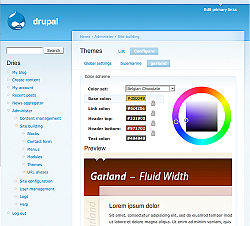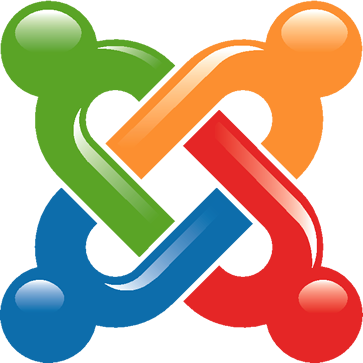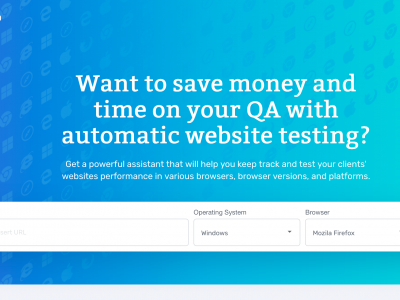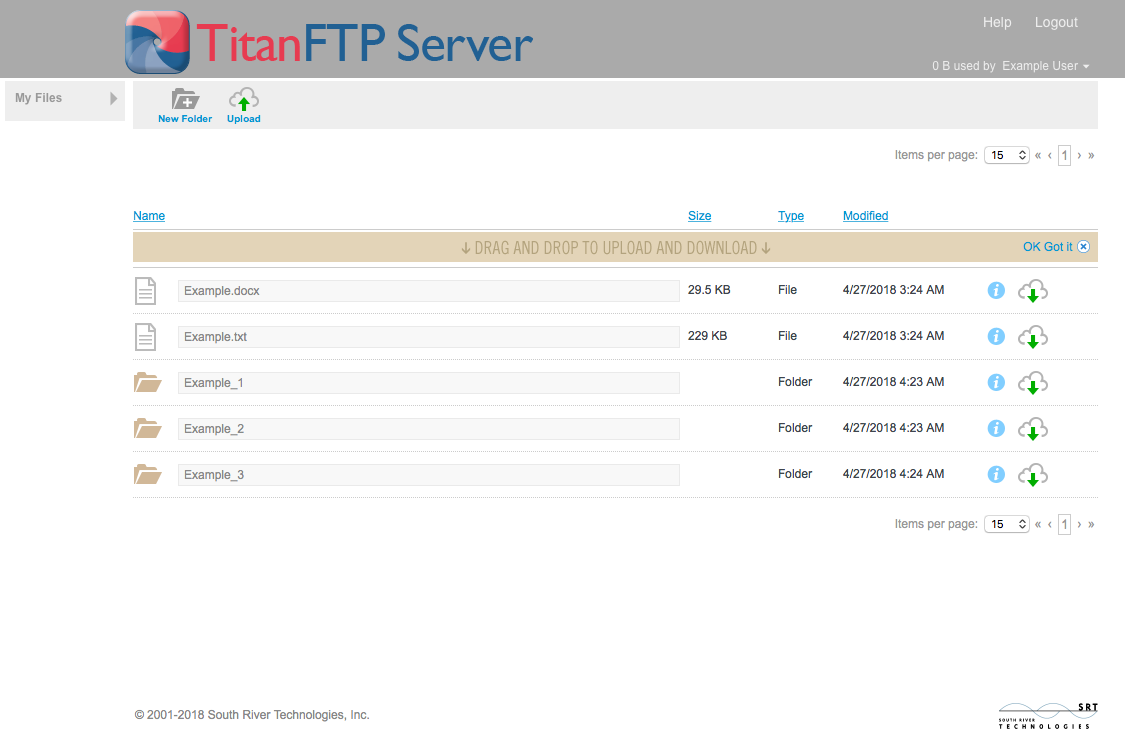Since the invention of content management via scripting languages like PHP, Ruby, and Perl, web developers world-wide have been looking for ways to ease up their jobs whether it was building a blog, a social media system, a portal or an album and more recently there`s an exploding hype for Web Apps and Portals in general. We think that the first thing that led to this was that the businesses around the world realizing that the whole world is moving to the Web, and cold-calling/street brochure marketing just doesn`t cut it these days. So lets see some some of these Content Management Systems and Frameworks that we recommend from 1 to 3.
Top 3 Content Management Systems of 2013
1 – WordPress
![]()
As you are reading this article, this blog stands proudly using WordPress as it`s content management system . Originally starting out as a blogging system, it exploded in popularity for it`s ease of use and the general design pattern (And by that we mean how it goes from Core, to database and library definitions,to Post and Page definitions, and ultimately, to template and styling definitions) permits it`s users a great deal of customization with a rich plugin system, the developers started to shape it around 2007 into a powerful Content Management System for it`s own good. The users already have in their mind that there are thousands and hundreds of templates for each type of business including IT, Management, Blogging, Accounting, Law,Real Estate etc. and now it`s one of the considered most-reliable content management systems.
We see a great amount of business converting to WordPress lately.
2 – Drupal

Drupal is one of the other more popular content management systems and is considered as the pearl of the Open Source community. With a detail-rich and straightforward documentation both for users and plugin developers, it`s used by most of the open source community (Especially tech-related blogs) but seems to have lost the popularity battle between the bigger sharks like WordPress or Joomla. We don`t see much requests for it lately. Oh well, it`s still a nice CMS all around.
3 – Joomla

The top dog in popularity,is the content management system Joomla, which new users might find it ugly at the first installation, but with a great extensibility and huge community support that brought it here today. As the creators state: “The CMS Trusted by Millions for their Websites“,whenever you see a website with an ugly URL system but powerful and fast navigation, you will be right in suspecting that the website uses Joomla as the backbone of their systems.
Top 3 Frameworks of 2013
Frameworks are to Web Apps as concrete and iron bars are to buildings. They already do the 20-30% of the the total work for the web developers and include a big set of libraries that programmers can use them to cut the development time, and focus on the bigger picture (what to implement, how it will look, how the content will be laid out) instead of wondering “How i render this piece of XML? How should i design my Database abstraction Layer?”. They are the constructing blocks of the Mother Webland and we advise newbies and advanced users to use them for big projects.
PHP Frameworks:
Let`s start with the one that i love the love out of it:
1 – CodeIgniter

This piece of engineering awesomeness based on the MVC (Model View Controller) design pattern, does URI Routing automatically for you and it even includes a smiley library that you can automatically use it in your social media, chat or forum applications. All you need to set it up is to modify you database and general config file, and if you are well-versed in Regexp you can create URI routing miracles. The only that somewhat sucks about it is that it doesn`t have that much libraries and the Jquery Library isn`t all the way to the end written yet. Otherwise it`s a PHP Framework with a single design idea in the mind: “Keep it Simple, Stupid” and should be tried by anybody that started using PHP and wants to get a good grasp on URL routing and Model View Controller design pattern, which hey, it can be applied on other languages too!
2 – Yii
 This one is the new hype amongst the Freelancing market and hobby web development cliques around the Internet, and it has a readily implemented HTML5 responsive grid system like in Twitter Bootstrap. I expect this one to be the de-facto most popular PHP Framework around the end of the 2013 so all you web developers out there better be prepared for it`s eventual popularity explosion. We might already sense a deja-vu feeling when around 2010 people were claiming that WordPress won`t become a popular CMS, and this might be the fate of Yii too. We see web developers in Freenode IRC claiming it won`t be that popular, and i bet it will explode in popularity just like WordPress did for the CMS world.
This one is the new hype amongst the Freelancing market and hobby web development cliques around the Internet, and it has a readily implemented HTML5 responsive grid system like in Twitter Bootstrap. I expect this one to be the de-facto most popular PHP Framework around the end of the 2013 so all you web developers out there better be prepared for it`s eventual popularity explosion. We might already sense a deja-vu feeling when around 2010 people were claiming that WordPress won`t become a popular CMS, and this might be the fate of Yii too. We see web developers in Freenode IRC claiming it won`t be that popular, and i bet it will explode in popularity just like WordPress did for the CMS world.
3 – Zend Framework
 From the creators of the Zend Engine, the default PHP engine used in most popular PHP installations, is the most popular framework created for your PHP – based Web Applications and it is expanding in functionality as each day passes. Definitely worth trying if you are OCD-ish about your standards and want to build a big web application.
From the creators of the Zend Engine, the default PHP engine used in most popular PHP installations, is the most popular framework created for your PHP – based Web Applications and it is expanding in functionality as each day passes. Definitely worth trying if you are OCD-ish about your standards and want to build a big web application.
Now Let`s explain pros and cons of the ones we mentioned:
Content Management Systems – Pros and Cons
WordPress
Pros:
- Rich set of features and additions (Plugins,Templates, Extensions)
- Ease of Use
- A simple Administration Panel where you can get all your work done
- Extensible to the core
- Is rising in popularity
Cons:
- Some unstable plugins in the repository (multiple jQuery inclusions, etc)
- Most of the good templates have a steep price
Drupal
Pros:
- Strong support from the open-source community
- Ease of use
- Good keyword handling
Cons:
- Steep learning curve for developers
- Tightly-coupled core design
- Not the biggest base of plugins and templates
Joomla
Pros:
- Huge community and commercial support
- Really big base of additions and extensions
Cons:
- Not the most stable plugin system
- Hated by most web developers
We`ll come back with an article on “How to setup your CentOS Server”,stay tuned!









Comments